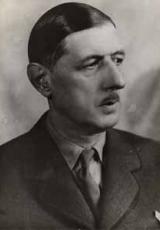The high reliefs of Mont Valérien
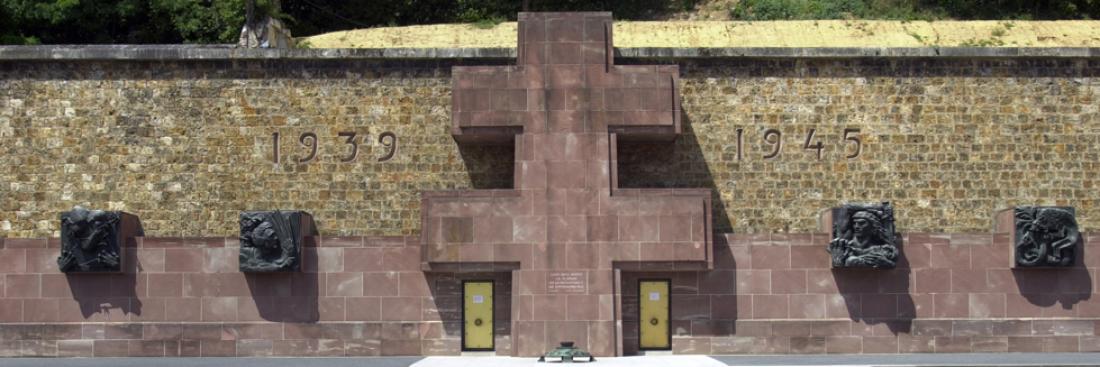
The Mont Valérien monument stands against the fort's southeastern glacis. It forms an outer wall of Vosges pink sandstone, over 13 feet high and 300 feet across.
Sixteen studs, corresponding to the 16 tombs of the crypt, are spaced at regular intervals along it. Each is decorated with allegorical motifs in high-relief bronze.
A 40-foot Cross of Lorraine stands at the centre of the monument. Before it, an eternal flame burns in a bronze brazier.
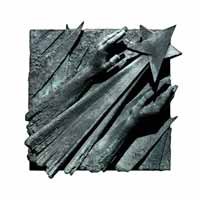 ALSACE (sculptor: Jacques Rivière)
ALSACE (sculptor: Jacques Rivière)
Depicting the liberation of Alsace (November 1944 - February 1945), the last French region to remain under occupation, two hands reach out to the coat of arms of Colmar, which forms a star of hope.
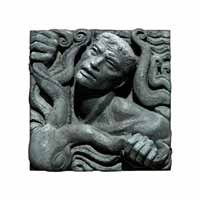 CASABIANCA (sculptor: Georges Saupique)
CASABIANCA (sculptor: Georges Saupique)
A man struggles to escape the clutches of an octopus, just as the submarine Casabianca escaped from the German-held port of Toulon, on 27 November 1942, to become the symbol of the Free French Naval Forces.
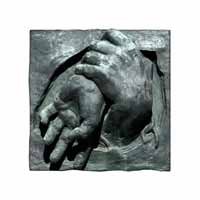 PARIS (sculptor: Marcel Damboise)
PARIS (sculptor: Marcel Damboise)
In a Paris represented by its outline, the hand of the Resistance breaks the chains of captivity and grasps the hand of the occupier, forcing it to release its grip. With the city in revolt, the arrival of the 2nd Armoured Division led by General Leclerc forced the enemy to surrender, on 25 August 1944.
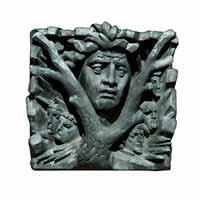 MAQUIS (sculptor: Raymond Corbin)
MAQUIS (sculptor: Raymond Corbin)
The maquis, armed groups concealed in remote areas, were formed of patriots, outlaws and those avoiding the compulsory labour camps in Germany. From the shadows of the forests, the maquisards are on the lookout, ready to strike, under France's watchful, unwavering gaze.
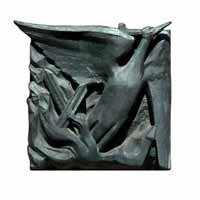 ALENÇON (sculptor: René Leleu)
ALENÇON (sculptor: René Leleu)
Like the phoenix reborn from its ashes, the 2nd Armoured Division under General Leclerc landed in Normandy and liberated Alençon, on 11 August 1944. It was the first major battle for liberation waged by the French Army on national soil.
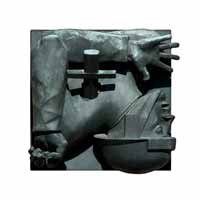 SAUMUR (sculptor: Pierre Duroux)
SAUMUR (sculptor: Pierre Duroux)
Struck in the heart, the falling soldier represents the combatants of 1940 who, as at Saumur on 19 to 21 June, were outnumbered and gave their lives for the honour of their country.
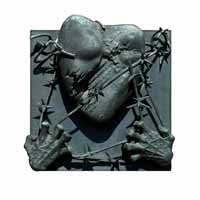 DÉPORTATION ('Deportation'; sculptor: Henri Lagriffoul)
DÉPORTATION ('Deportation'; sculptor: Henri Lagriffoul)
These emaciated hands trying to wrench away the barbed wire that lacerates a tortured heart are the hands of deportees who, for acts of resistance or because they were Jews, were sent to concentration camps, where many died.
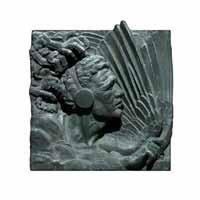 FORCES AÉRIENNES FRANÇAISES LIBRES ('Free French Air Forces'; sculptor: Claude Grange)
FORCES AÉRIENNES FRANÇAISES LIBRES ('Free French Air Forces'; sculptor: Claude Grange)
Fighting on all fronts, the Free French Air Forces carried out aerial attack and defence missions under the constant threat of enemy forces, represented here by birds of prey with fearsome claws.
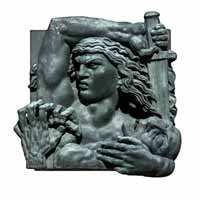 ACTION (sculptor: Alfred Janniot)
ACTION (sculptor: Alfred Janniot)
The Free French Forces and the internal Resistance were born out of the refusal to accept the armistice of 1940, symbolised by General de Gaulle's call to arms of 18 June. This strength of resolve is portrayed by the image of a France clutching her slain sons to her breast and waging fierce combat so that the motherland might survive.
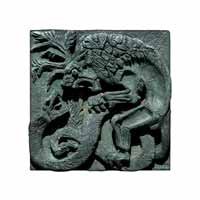 FEZZAN (sculptor: Aimé Bizette-Lindet)
FEZZAN (sculptor: Aimé Bizette-Lindet)
Like this injured lion attacking the serpent, General Leclerc's troops seized the Kufra oasis, in Libya, on 2 March 1941, then went on to conquer the Fezzan desert, in a sign of France's return as a fighting force.
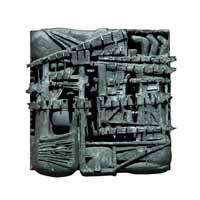 FUSILLÉS ('Killed by firing squad'; sculptor: Maurice Calka)
FUSILLÉS ('Killed by firing squad'; sculptor: Maurice Calka)
Many French and foreign nationals, members of the Resistance or hostages, were killed by firing squad between 1940 and 1944. With this pierced form, flesh lacerated by bullets, the artist expresses his abhorrence of oppression and war.
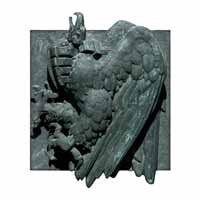 CASSINO (sculptor: Ulysse Gemignani)
CASSINO (sculptor: Ulysse Gemignani)
General Juin's troop manoeuvre enabled the Allies, in May 1944, to seize Monte Cassino, the hinge of Germany's defences in Italy. Held in the iron grip of a gloved hand, the enemy eagle begins to weaken.
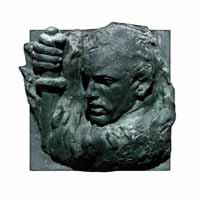 BIR HAKEIM (sculptor: Raymond Martin)
BIR HAKEIM (sculptor: Raymond Martin)
From 27 May to 10 June 1942, the 1st Free French Brigade, commanded by General Koenig, defended the position of Bir Hakeim, in Libya, from attack by German and Italian forces, overcoming the barrage of iron and fire that encircled it.
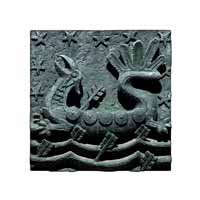 NARVIK (sculptor: Robert Juvin)
NARVIK (sculptor: Robert Juvin)
On 28 May 1940, French units seized Narvik, then headed back to a France under threat of invasion. Some of them joined General de Gaulle's Free French Forces. The expeditionary force fled Norway like this longship braving the arrows.
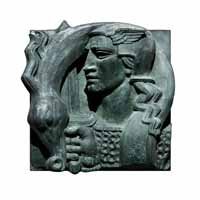 SIENNE ('Siena'; sculptor: René Andrei)
SIENNE ('Siena'; sculptor: René Andrei)
The liberation of Siena, on 3 July 1944, marked the glorious end to the French Expeditionary Corps' campaign in Italy. This relief associates a victorious France with the horse, the emblem of the city.
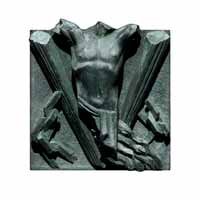 RHIN ('Rhine'; sculptor: Louis Dideron)
RHIN ('Rhine'; sculptor: Louis Dideron)
The French Army pushed back victoriously the German offensive on Strasbourg, and crossed the Rhine on 31 March 1945. This relief depicts Strasbourg, a city mutilated yet untamed, breaking free from its chains and releasing the river.


